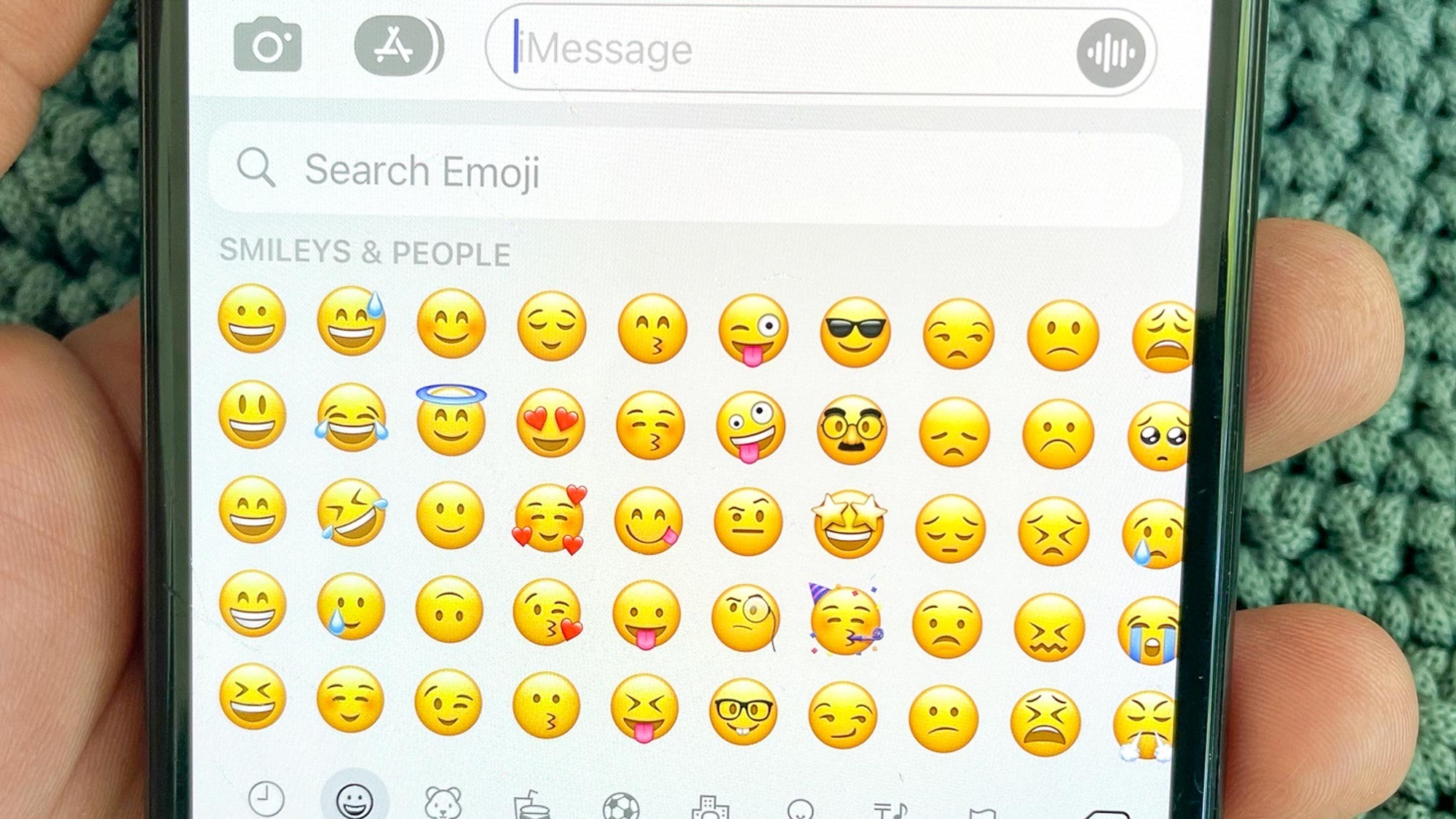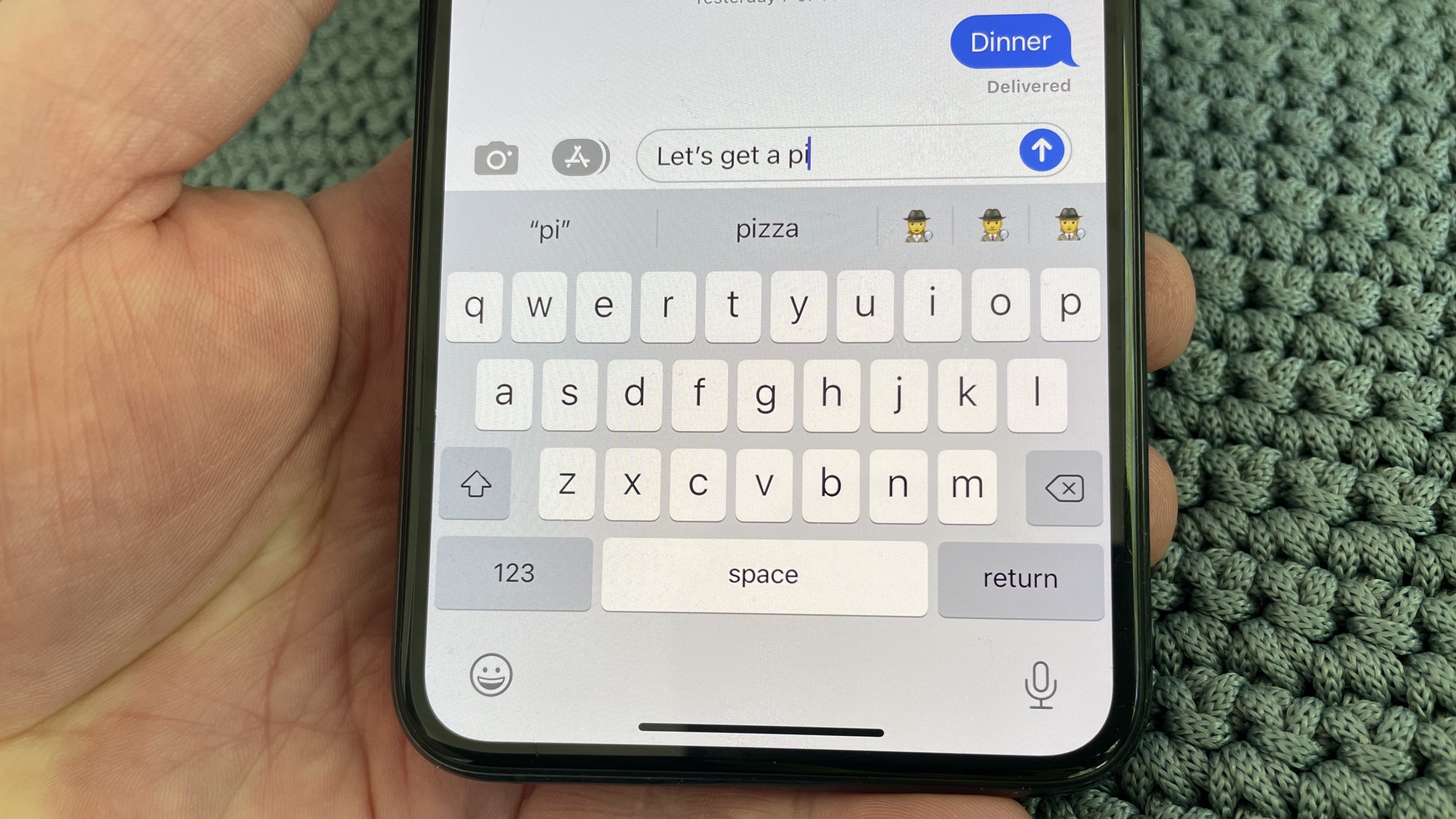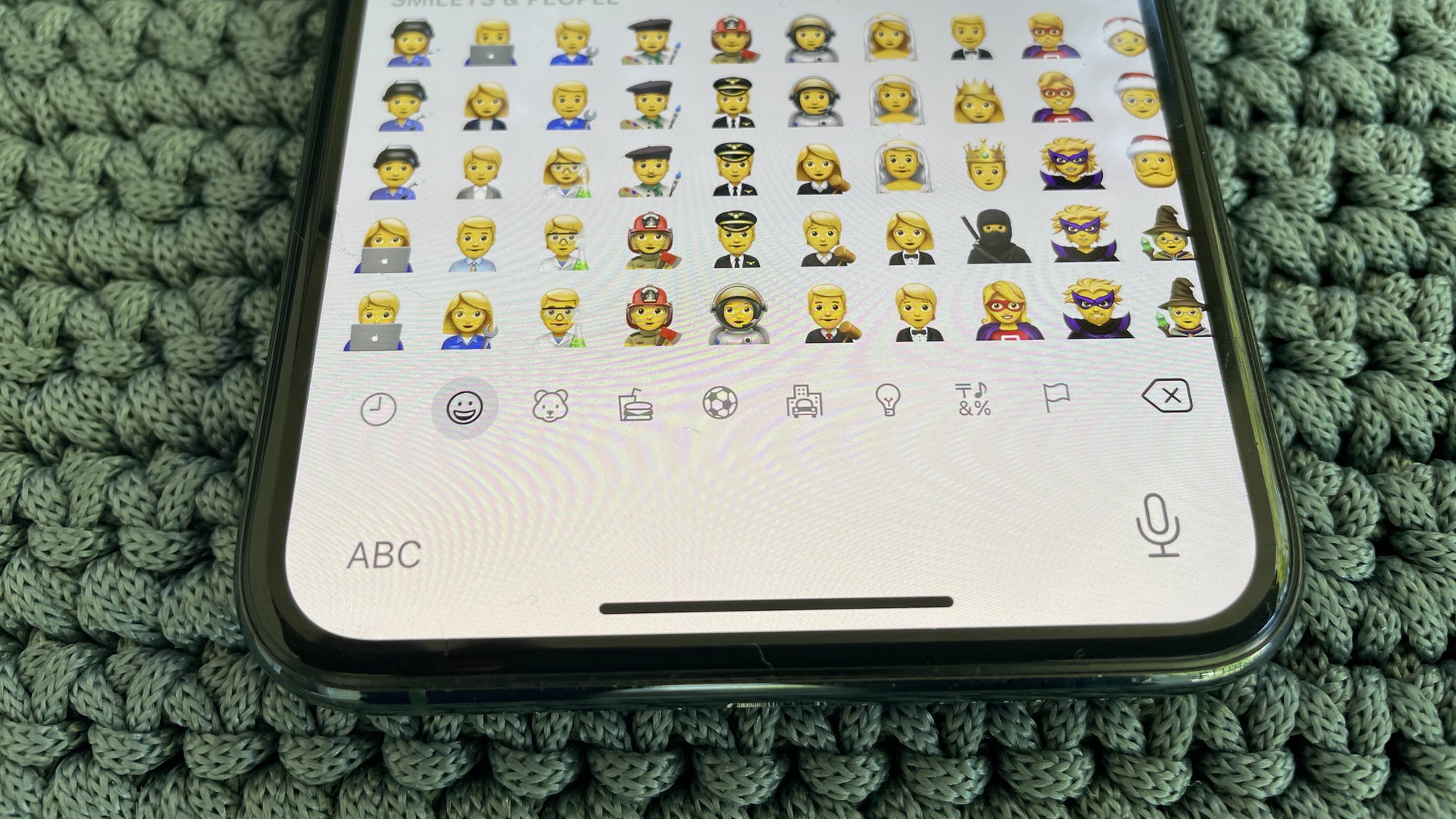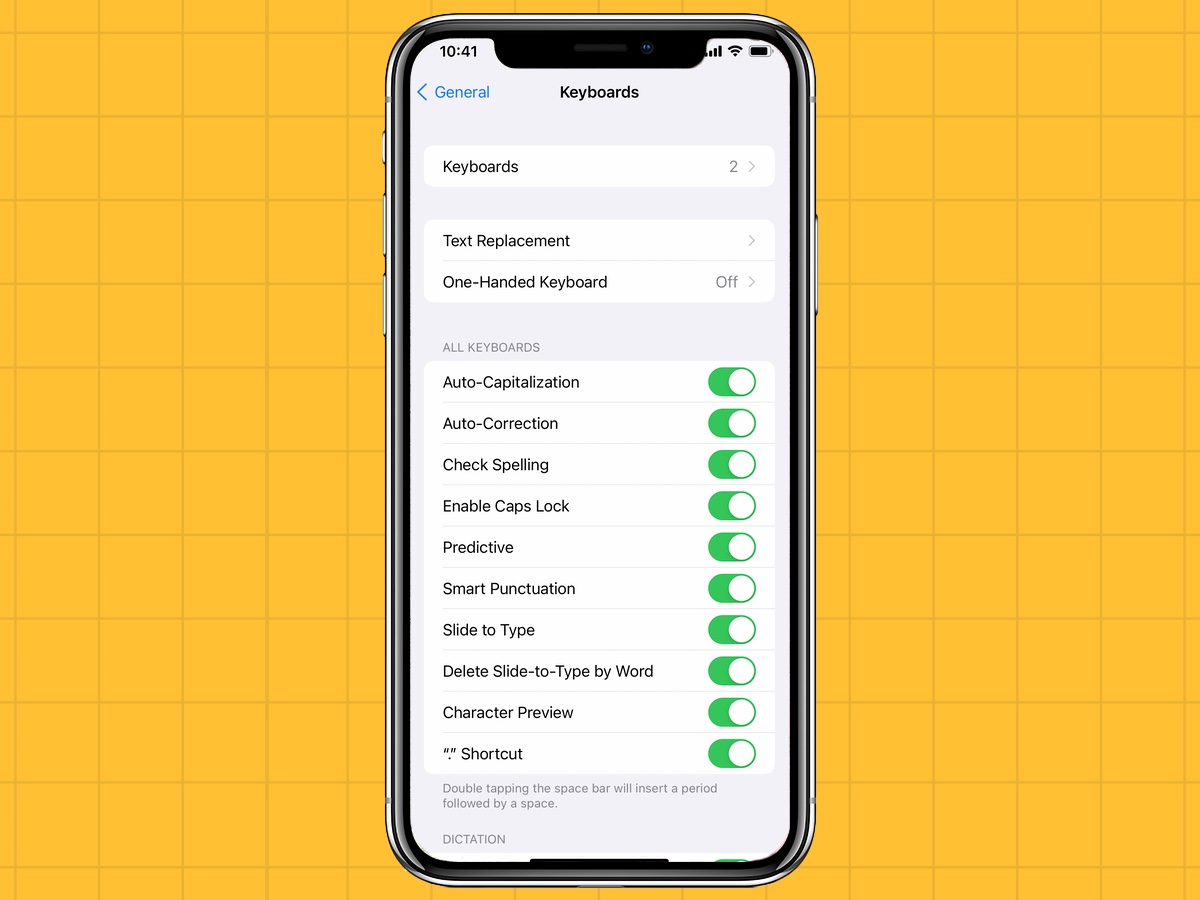My biggest iOS 15 issue? The emojis are out of control
In iOS 15, emojis are taking over the predictive text feature

I've been spending a lot of time familiarizing myself with iOS 15 as of late, and if you've read my iOS 15 beta review, you'll know that I generally like what I see. Still, even with the improvements to Maps and FaceTime and the addition of valuable features like Focus, iOS 15 still has a flaw or two that I struggle with.
I'm still getting used to Safari's new look and a couple features like AR-powered directions and Live Text could use some fine-tuning between now and iOS 15's full release this fall. But really, my least favorite thing about iOS 15 isn't an iOS 15 feature at all — rather, it's a change from earlier versions of Apple's iPhone software that's seemingly become more prominent in iOS 15.
- iOS 15 Safari: What I love and hate
- AI showdown: iOS 15 Live Text and Visual Look Up vs. Google Lens
- Plus: iPhone 13 will reportedly skip Touch ID — and that would be bad
For a while now, Apple has included emoji among the predictive text options that appear as time-saving shortcuts when you're tapping out a text message. I can't say exactly when this happened because I never noticed it before — on my iPhone SE, which is still running iOS 14, there's no suggested emoji in predictive text suggestions. My wife hasn't seen it on her iOS 14-powered iPhone XR, either.
But on the devices I've upgraded to iOS 15, I've really noticed it. If I am typing a word, and there is an emoji even remotely related to it, you can bet that the predictive text feature in iOS 15 lets me know about it. If I lead off a text to my wife with "Hey," I have the option of tapping the waving hand that pops up in the bar of suggested words. When I suggest we order a pizza for dinner, there's an emoji of a slice among the suggestions. If I want to text someone to let them know I'm dog-tired, a selection of dog emojis becomes available before I can even tap out the second syllable.

All right, so there are plenty of emojis to choose from in predictive text, and iOS 15 seems to make them more prominent in apps like Messages and even third-party offerings like the Twitter app. So what's the problem?
The problem, friends, is that I really hate emojis.
The case against emojis
I don't believe I have used an emoji in my life, certainly in a non-ironic way. I find them childish and fatuous. More importantly, I think they actually stand in the way of clear communication.
Sign up to get the BEST of Tom's Guide direct to your inbox.
Get instant access to breaking news, the hottest reviews, great deals and helpful tips.
When someone sends me an emoji-strewn message, I find myself staring at it for an unacceptable amount of time, trying to decode a string of indecipherable symbols like I'm being forced to solve a rebus puzzle
Even on phones on larger screens, emojis appear very tiny and hard to interpret. When someone sends me an emoji-strewn message, I find myself staring at it for an unacceptable amount of time, trying to decode a string of indecipherable symbols like I'm being forced to solve a rebus puzzle.
Man, if only instead of images we could use a combination of letters that have clear definitions to precisely express what we're trying to communicate. We could call them... words.
The emoji keyboard on my iPhone features page after page of symbols and squiggles — do we really need that many variations of smiley faces? — and each major iOS update adds more to the mix. Just this month, Emoji 14.0 emerged, promising even more emojis landing on your phone in the next year.

I accept that I am on the losing side of history here, that the rest of the world is emoji-crazy and prefers to live as if we're back in Lascaux painting pictures of livestock on cave walls. It makes sense that Apple would adjust its phone software to sate society's desire to clutter up messages, texts and tweets with dumb pictures. But why not give those of us who prefer an emoji-free lifestyle an easy way to turn off this feature?
Because here's the deal — I like predictive text suggestions. I find it a time-saver, especially when tapping out long words using an on-screen keyboard, to bang out a couple of letter and then tap on the full word to complete my thought. Also, as my editors will attest, I'm not going to be winning any spelling bees any time soon, and predictive text helps me remember how long, complex words are actually spelled. To cede any of that valuable real estate to emojis is a waste of space.
Silencing emojis on the iPhone

But, as I poke around the keyboard section of the Settings app, there doesn't seem to be any way to keep emojis out of predictive text suggestions short of employing a nuclear option. I can either turn off predictive text entirely — not an option for me, sorry — or I can delete the emoji keyboard entirely. Those seem to be the only two ways not to have emojis suggested any time I want to send off a message.
There doesn't seem to be any way to keep emojis out of predictive text suggestions in iOS 15 short of employing a nuclear option.
Personally, I'd be fine giving the emoji keyboard the ol' heave-ho — I don't ever use it, as I said, and I'm not about to start now. But I'm thinking of people who might want to use emoji in one app, but not others. Shouldn't they have the option of being more precise in deciding what predictive text will suggest? Maybe when texting friends and family they'll want access to a lot of suggested emojis, but when composing messages to more professional recipients, they'll want predictive text suggestions to be a bit more staid.
I'll be the first to admit that if this is my biggest complaint about an iOS update, then Apple has things pretty well squared away. Still, we're living in an age where customization and personalization are the rule of the day. It seems like Apple could extend some of that to its predictive text settings as well.
- These are the best iPhones
Philip Michaels is a Managing Editor at Tom's Guide. He's been covering personal technology since 1999 and was in the building when Steve Jobs showed off the iPhone for the first time. He's been evaluating smartphones since that first iPhone debuted in 2007, and he's been following phone carriers and smartphone plans since 2015. He has strong opinions about Apple, the Oakland Athletics, old movies and proper butchery techniques. Follow him at @PhilipMichaels.

